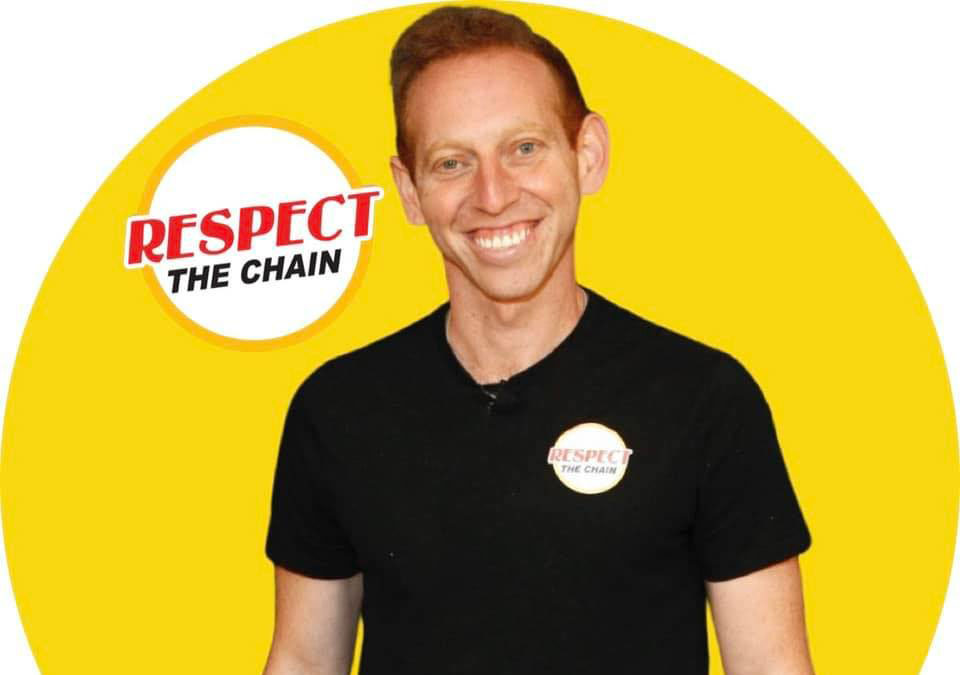Amy Winehouse, the talented but troubled chanteuse, was found dead in her north London flat on July 23. She was 27.
According to a statement made by London’s Metropolitan police, the cause of death is “unexplained.”
The results of an autopsy were inconclusive, and a full toxicology report will not be available for two to four weeks. There is widespread speculation that Winehouse died from a drug overdose or alcohol poisoning. British tabloids, though suspect in their veracity, claim she spent her final days on a drinking and drug binge, reportedly buying heavy narcotics such as ecstasy and cocaine shortly before her death.
For those who followed Winehouse in the press, her very public decline augured disaster. Her entry into the international pop scene in 2007 began with the popular single “Rehab,” in which she flouted the idea of seeking treatment: “They tried to make me go to rehab/I said, ‘No, no, no.’ ” Over the years, she was ensnared by drug arrests, public paroxysms, hospitalizations and other bizarre behaviors. Just last month, Winehouse was forced to cancel the remainder of her European tour after bumbling her way through a performance in Belgrade, Serbia. Videos taken by concert-goers revealed a sozzled songstress, tripping around the stage, casting off her shoes and barely able to belt a lyric.
The crowning moment of Winehouse’s short-lived career came in 2008 with the release of her breakout album “Back to Black.” The album included the notorious single “Rehab,” which became a kind of anthem for bad celebrity behavior. Winehouse went on to win five Grammys that year, including Best New Artist.
Soulful and irreverent, admired as much for the self-styled obsidian-haired beehive that became her trademark as for her retro-soul sound, Winehouse was a singular star. She proved incredibly resistant to the music industry machine, retaining her distinct style as a lyricist and singer, never becoming a mass-marketed music product churned out by a record label.
Her most popular singles, “Rehab” and “You Know I’m No Good,” are both deeply personal ballads that hint at the demons with which Winehouse wrestled. She crooned about love and liquor, and her lyrics often include admonitions to the men in her life suggestive of her surrender to those personal struggles.
Winehouse was born Sept. 14, 1983, to a Jewish family that claims several jazz musicians in its lineage, according to The Edmonton Journal. Her mother, Janis, is a pharmacist, and her father, Mitch, is a former cab driver who at 59 launched a career as a musician. Mitch Winehouse had been in New York to perform a concert of his recently released jazz album at the famous Blue Note club when he received the news of his daughter’s death. “This isn’t real. I’m completely devastated,” he told The Daily Mirror. In addition to her parents, Winehouse is survived by a brother, Alex.
Winehouse’s sadly prophetic lyrics offered an image of a messy life, one held hostage by an illness Winehouse could not bring herself to treat. Months shy of her 28th birthday, Winehouse’s youth and emotional instability had not permitted the full realization of her potential. She joins a cohort of legendary musicians — including Kurt Cobain, Jimi Hendrix, Jim Morrison and Janis Joplin — who also reached their often drug-fueled ends at 27.
























 More news and opinions than at a Shabbat dinner, right in your inbox.
More news and opinions than at a Shabbat dinner, right in your inbox.